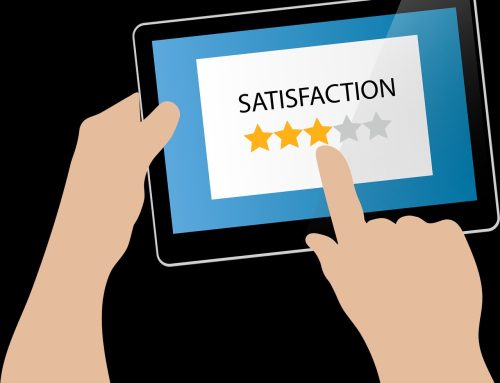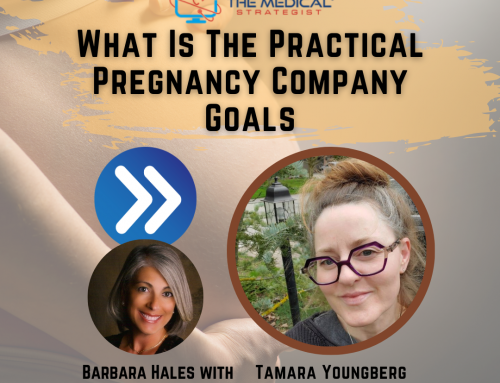Today, I bring you very helpful information for those of you who are doing some of your own medical content marketing. Put out by Wordstream, it reminds us that sometimes we can be self-destructive and it’s important to think before putting our proverbial foot in our mouths.
When there are clients or patient on the fence, we want them to convert to BEING our patients and clients so don’t let a word or two push them away.
7 CONVERSION-SABOTAGING WORDS TO AVOID AT ALL COSTS
Words matter. People may not read everything; they scan. And they process information subconsciously at lightning speeds to determine if they’ll click or bounce within a few fractions of a second.
While some words, like “Submit” on your button, may seem innocent enough… they could be costing you dearly, turning away visitors in droves.
CONVERSION KILLER #1: “SUBMIT”
“Submit” is a derivation of submission- a negative connotation. And therein lies the problem. People, as a general rule, don’t like yielding.
Especially when even the slightest suspicion of required payment might be involved.
HubSpot took a look at the conversion rates of over 40,000 customer landing pages and quickly noticed a huge discrepancy..when CTA (call to action) buttons included the word “submit,” conversion rates tended to drop immediately by a few percentage points.
“Submit” performed worse than a few other common CTA text options like “click here” or “go.” because they implied a lower investment of time and effort.


The best CTA’s are as specific and actionable like“Click Here to Get My Report”.
#2: “SYNERGY”
This is one of many meaningless words to most viewers and a sure way to lose them to any additional reading. The Boston Globe points out, “it turns out that people prefer things that are easy to think about to those that are hard.”
Keep in mind that you need to keep your articles to a 7th or 8th grade reading level.
#3: “SPAM”
Assuring visitors you won’t spam them would help conversions. Right?

Unfortunately that’s not the case. “Spam” is a huge stop word — or no no — that causes people to become apprehensive and hesitate. A test carried out by Michael Aargaard proved this.
He wanted to reinforce the same message, but alter the wording to change from a negative connotation (i.e. bringing up something like “spam” that people weren’t really considering before) to a positive one.
Avoid words with a negative connotation (as we saw with “submit”) in general, and use additional messaging to reinforce the positive aspects of what someone is about to get.
#4: “WE”
“We” opens a door. But “YOU” works even better.
The focus should be centered around said problem and solution, not a tool, product or service.
Joanna Wiebe says it goes back to trust. Instead of “we”, Joanna recommends:
- Begin with “you”… or
- Begin with no pronoun at all (like a question or a command / call to action)
#5: “YOUR”
The copy on most websites is written in the second person. And that’s a good thing!
To drive your points home for maximum resonance, you would write tips and takeaways to a specific audience by speaking to “you” as much as possible.
Michael Aagaard proves the point. Michael initially thought that “your” in the CTA button copy would work best. It’s commonplace all over the interwebs after all. But here’s what he found.
Almost a 25% difference, just by switching a single word.
He then repeated this process on an Unbounce landing page, switching “your” free trial with “my” free trial and saw similarly signi cant results.
Most landing pages and blog posts should write directly to a single person, using “you” and “your” liberally.
However…
When writing CTA copy, switch to “my” to give people ownership of the benefit they’re about to receive.
#6: “FREE”
There are two problems with this word.
“Free” can trip up spam filters in email messaging. The second, bigger problem though is a curious case of over optimizing.
More conversions isn’t always better. A Totango study showed that 70% of the people who sign up for free trials are useless, with only around ~20% of those actively evaluating the product.
So while the word “free” can (and will) increase initial conversions, you should be optimizing for sales and revenue — not vanity metrics like leads or impressive (but hollow) conversion rates.
Robert from Neuromarketing says: “if you are trying to encourage sampling of a product that appeals to a speci c audience…a very modest charge will throttle demand but will eliminate most samplers who have no use for the product.”
#7. “SAVE TIME & MONEY”

Yes, this seemingly harmless phrase raises vitriol in seemingly one of the nicest people around the interwebs. Why?
Because it takes a piece of everything bad and rolls them up into one terrifyingly conversion-repellent Frankenstein.
In other words, it breaks one of the very rst rules of copywriting that says you should write to a particular audience. And Joanna shows in the last link that people either value one or the other, not both equally.
Employ inbound funnel segmentation to try your hardest at getting only one audience to a dedicated page (by linking your content to a speci c acquisition channel or segment).
The key is to ferret out those few ingredients that make your offering awesome & unique, which both audiences value.
You want the stuff that overlaps, which will help you create a speci c value proposition that reinforces your primary aim (of driving conversions), while avoiding the same generic crap showing up on each of your competitor’s websites.
IN CONCLUSION…
Not every successful landing page is a long-form squeeze page with thousands upon thousands of words. Many, if not most, are just a few simple lines with a killer headline and strong CTA.
In these cases, making each and every word work its hardest is imperative. You literally and guratively can’t afford words and phrases that don’t pull their weight.
Online, that includes “stop words” and words which turn the focus away from your audience and sel shly onto yourself.
Thankfully, many people have already done the research and testing to show us the light. We just need to be aware of it and then follow it.
Help!
Do you have a rough draft that you would like to be evaluated? Send it to Barbara@TheMedicalStrategist.com and you’ll get it back clean, polished and ready to go!


